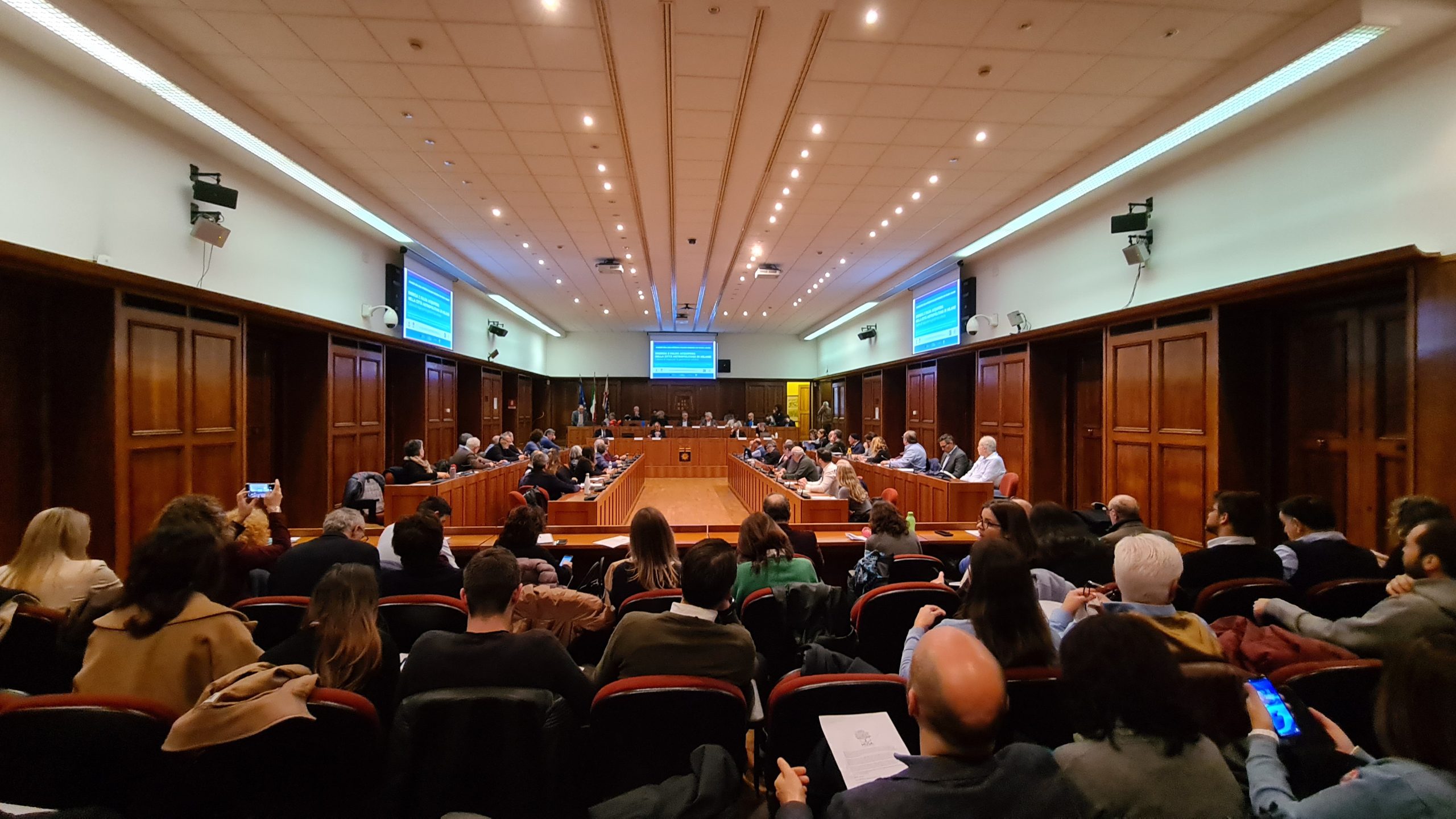The interview with Professor Giovanni Crosta, Professor of Applied Geology at the University of Milan Bicocca, as part of the presentation of the urban geothermal project for the exploitation of Milan's aquifers and the collaboration between the Municipality of Milan, MUSA, the Metropolitan City of Milan and the University of Milan Bicocca to support
Milan is at the centre of innovative ecological transition projects. A great example of this is the agreement between the Municipality of Milan, the Metropolitan City of Milan, Musa (Multilayered Urban Sustainability Action), and the University of Milan-Bicocca for the realisation of a project that will make it possible to exploit the area’s aquifers for the development of new heat pumps capable of heating homes.
Professor Giovanni Crosta, Professor of Applied Geology at the University of Milan Bicocca, is one of the main proponents of this project, which will allow local institutions to access fundamental data for the development of this new source of renewable energy. We interviewed him on the sidelines of the conference ‘Energy and Groundwater in the Metropolitan City of Milan’.
Professor Crosta, how important is the synergy between the scientific community, economic operators and institutions in this project?
Definitely fundamental. The MUSA project demonstrates how scientific research can be applied to specific problems and used as a planning tool by controlling and controlled subjects to optimise their ability to develop a system, as in this case, energy. The purpose of this conference was to present the new dataset and tools for making operational decisions with a verified scientific basis.
As the Bicocca University and as Musa we are trying to do theoretical, modelling and monitoring developments but also on-site experimentation. In fact, there will be a building at Università la Bicocca that will be used for experimentation of instrumentation and equipment for heat pumps, photovoltaic panels, etc., in short, for renewable energy production systems. There is a need to develop subsurface and plant monitoring systems to realise advanced modelling to prevent and deal with energy development control issues.
What is the work you have made available to institutions for the realisation of geothermal pumps?
It is crucial to control the origin of the geothermal energy source. This is in fact a different source from deep geothermal energy, which is characterised by high temperatures, it is a low-temperature geothermal energy that utilises groundwater in the order of several tens of metres below ground level. This exploitation can have the function of both heating buildings and cooling. Our job is to provide institutions with the necessary data for exploitation projects. The need arises from the fact that in Milan there has been an exponential increase in the use of these energy sources because they have a very low impact in the production of CO2, and the administrations have been faced with an effectively difficult management. What we have therefore proposed is a system of data collection and analysis, monitoring and modelling at the scale of the Metropolitan City of Milan. The idea is to start from the available data, computerise it to facilitate planning by the professionals directly involved, providing a modelling tool that is able to quantify how much the thermal potential of the resource is and what the best way to exploit it might be. Thanks to this data, the suggestions we are able to provide are how to arrange the distribution of plants, the possible interaction with already existing plants, the thermal potential still available within territorial units, and support for those who have to make the decision regarding an application or request for approval on the installation of a plant.
The synergy that is being created between Bicocca University and institutions is therefore able to provide knowledge of this hitherto non-public information?
Exactly. A number of steps have been put together in this regard. The first is that Bicocca developed a data collection with university funds, there was data that could not be analysed because it was in paper format but is essential for any study or modelling. We also provided our scientific know-how, with physical-mathematical modelling tools to simulate both natural processes and perturbations.
What is the geothermal potential of the Milan metropolitan area?
It is a really high potential that could satisfy many of the thermal needs at an urban level. There is obviously a need to evaluate each individual building and neighbouring buildings so that they do not interfere. Our model also and above all serves this purpose: optimising the layout and analysing possible interference within the individual plant or to external plants. On the identification of the most suitable areas, many evaluations still have to be made.
Have you already made a cost estimate for the medium/long term? Will investments be needed on the part of the city, perhaps imagining a municipal production of energy that can then be distributed in Milan?
The Bicocca University, the Municipality and the Metropolitan City of Milan, as well as a number of commercial and industrial partners are already supporting the MUSA project, so there is already investment in setting up and implementing the project. Our goal is to stay within the PNRR, computerise the data, disseminate the results, and make a proposal for a prototype of a digital twin of the hydrogeothermal system to simulate the processes and phenomena that will occur in the real system. There are already experiments with heat pump systems, A2A for example has produced a very powerful plant and plans to develop it further. These systems have both a geothermal part and a supporting thermal part. This may be the best strategic choice.
Regarding pollution in the city of Milan, which is also partly due to the wood-burning stove system that produces a lot of CO2, do you think that talking about renewing the technology park with these systems would reduce the use of fuels?
Assuming that there are not enough precise statistics on how much the use of combustion systems affects the urban area and that they are not the main heating system but a secondary one, there are combustion systems that have a lower impact. Geothermal energy is proposed as a method that can replace heating and cooling systems in their entirety, especially with systems that are improving. These are systems that have had major impacts in recent years, which is why more and more research has gone into them.





